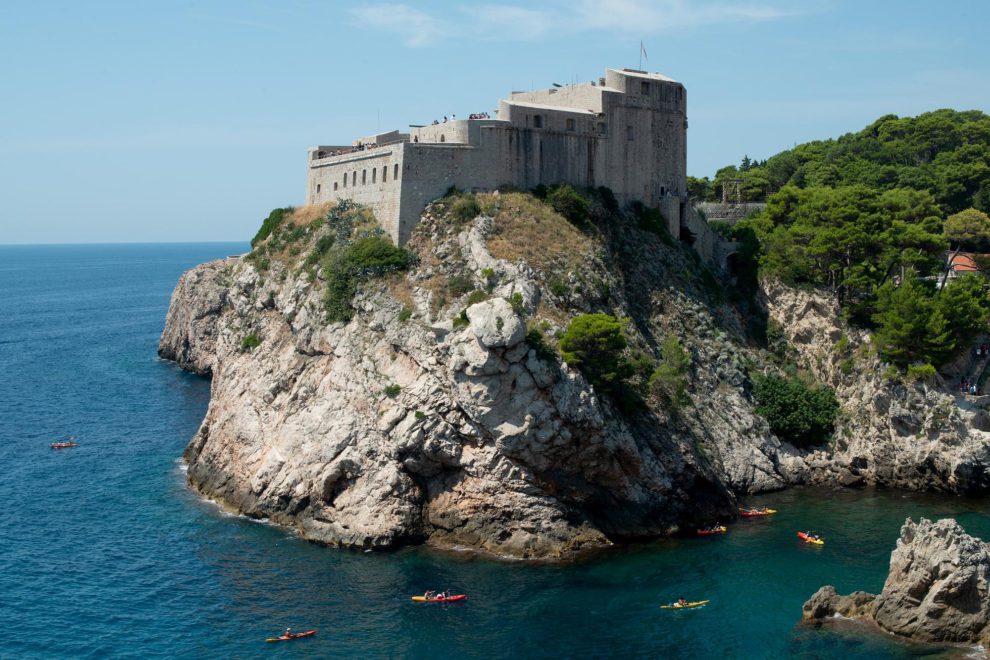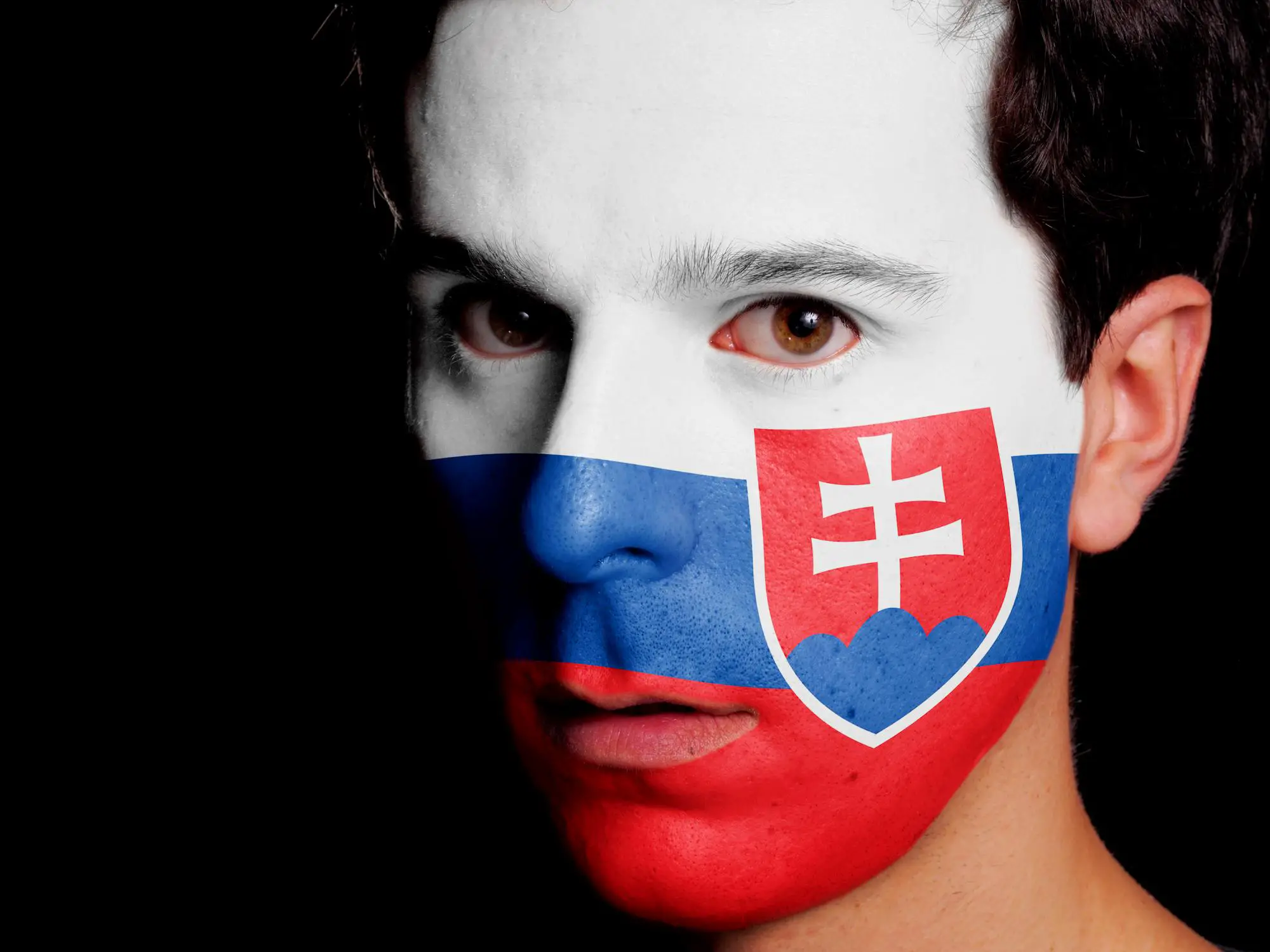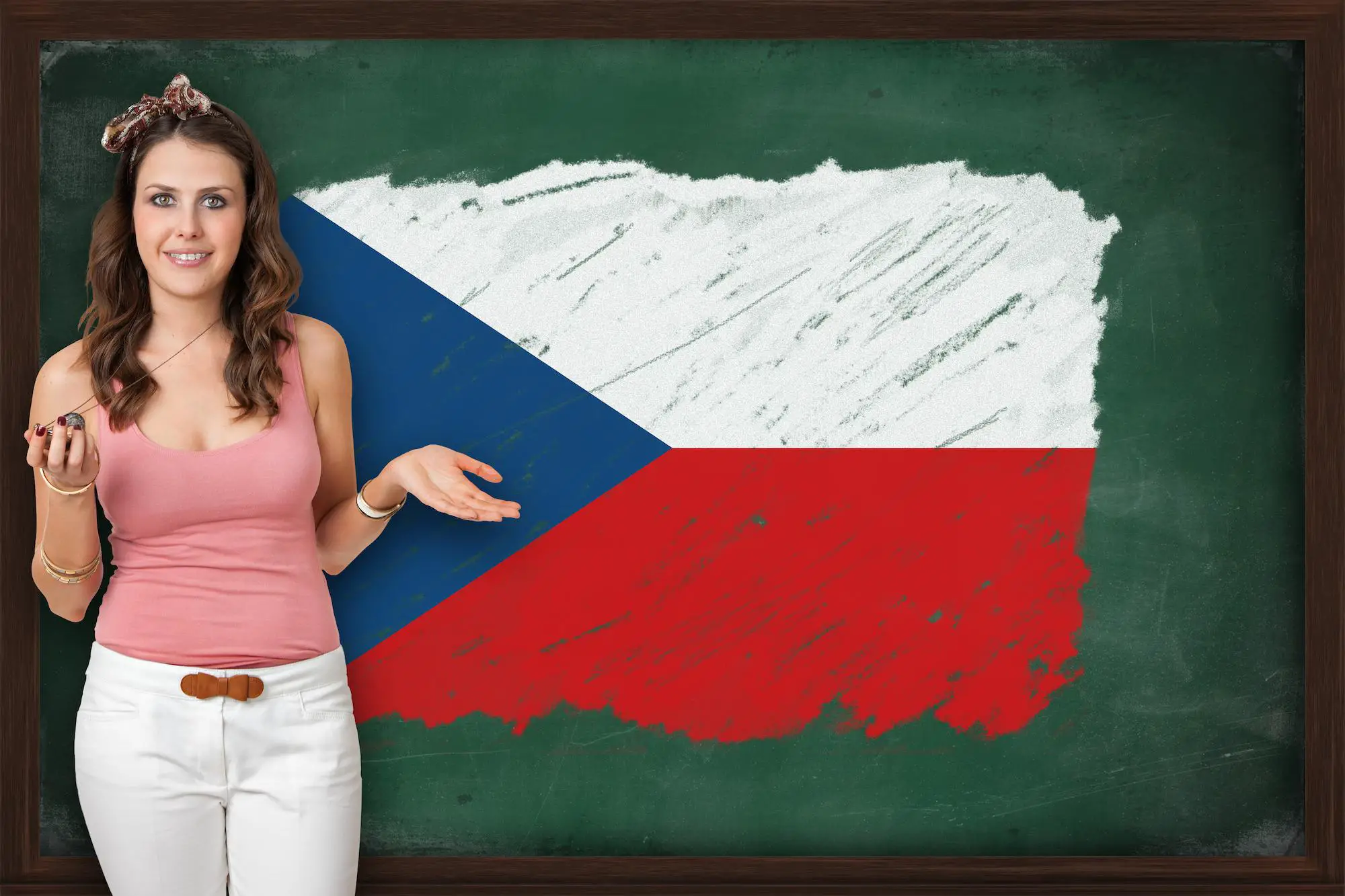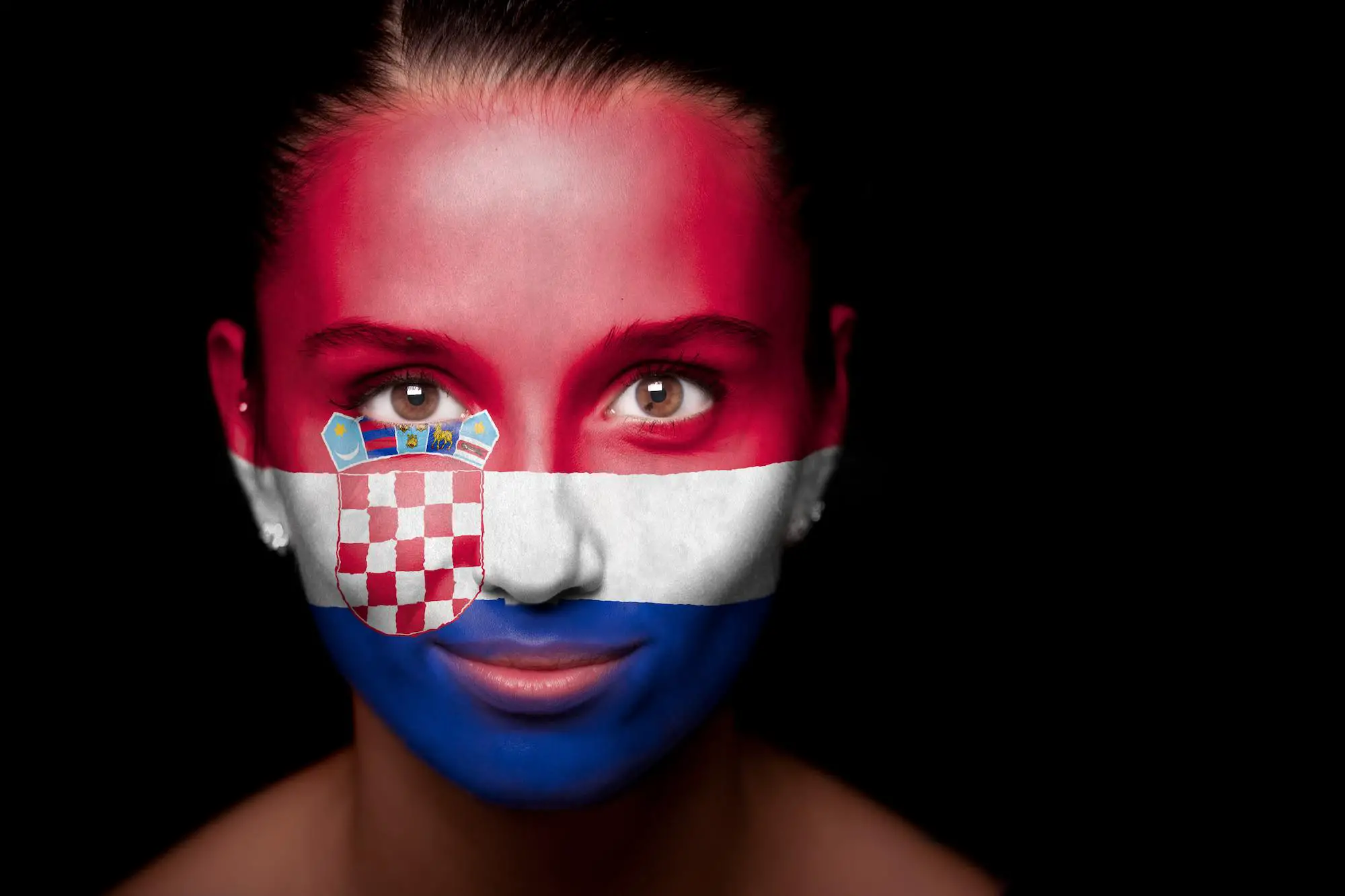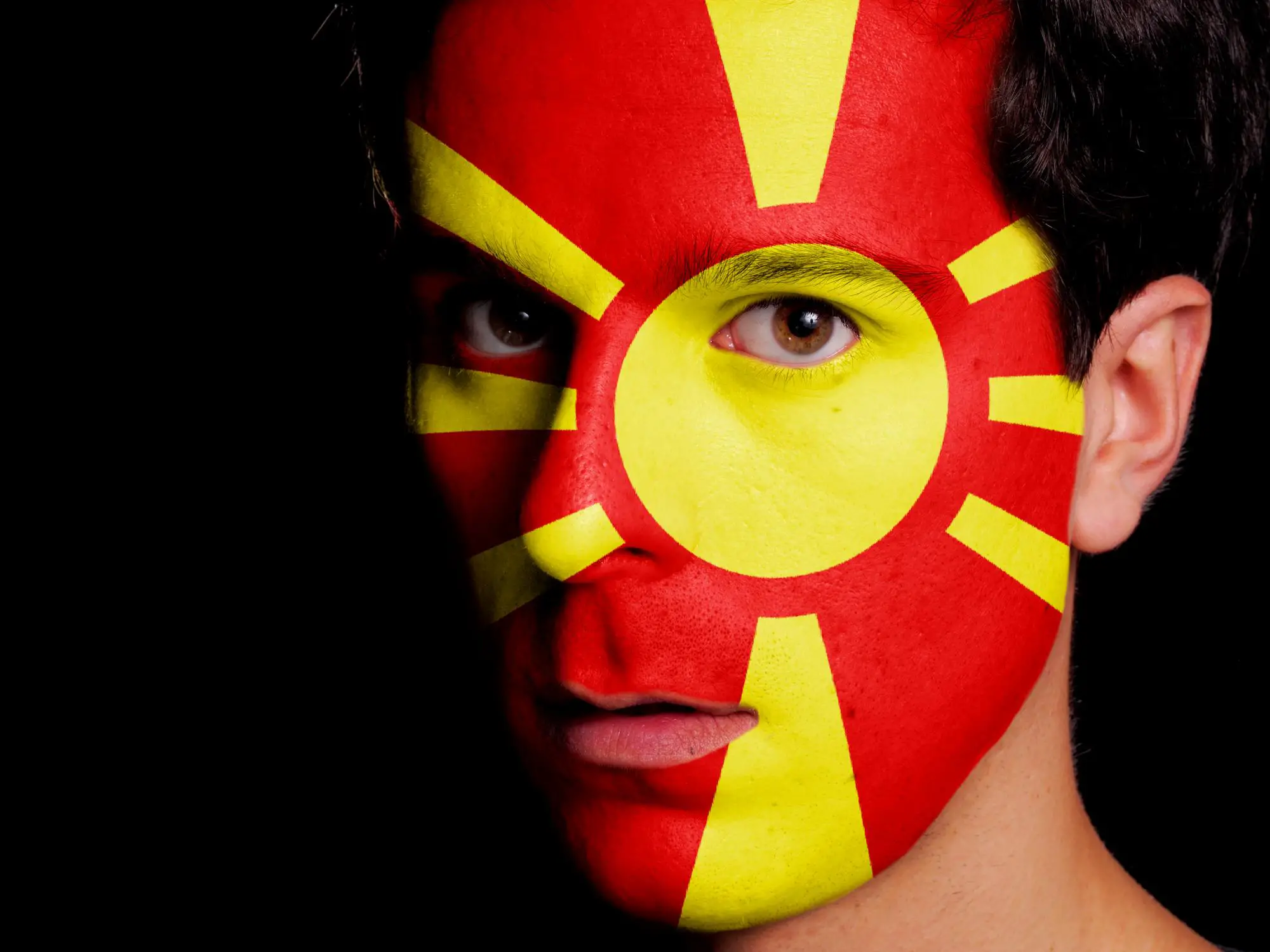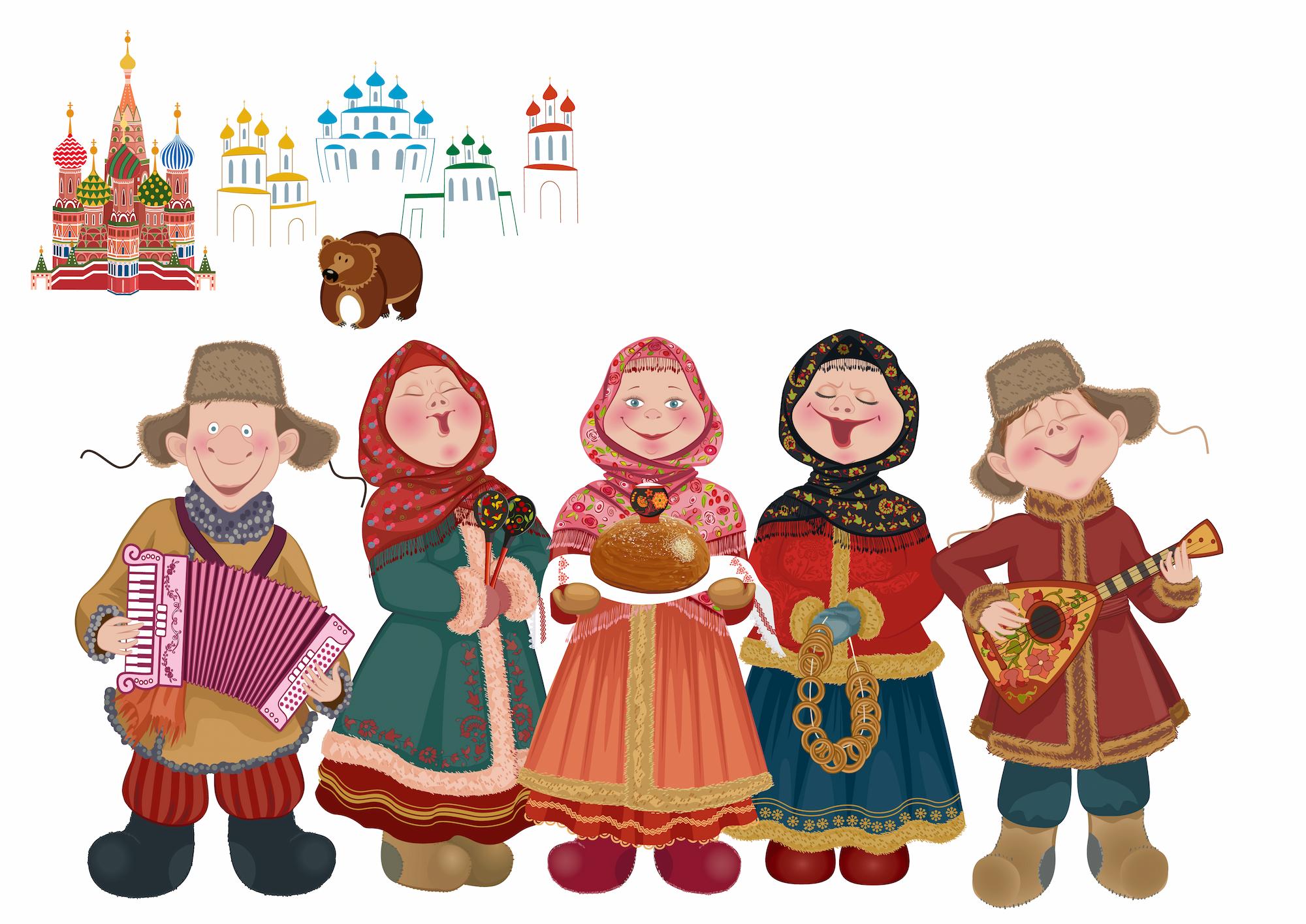Croatia – a country with one of the most beautiful coasts and diverse natural landscapes. Over the past few years, Croatia has become a tourist hotspot, as people from all around the world want to visit its shores, historic towns, enjoy the weather, and of course, its famous castles.
Whether you’re planning a summer vacation in Split, Biograd na vodi, Korcula, Dubrovnik, or Losinj, or want to enjoy one of the most beautiful Christmas Fairs in Europe, hosted in Zagreb, castles in Croatia are a must-visit stop.
In this article, we’ll guide you through some of the most beautiful Croatian castles and share the historical stories behind them.
Table of Contents
Castles in Croatia
1. Kamerlengo Castle
If you’re spending your summer holidays in the beautiful city of Trogir, pay a visit to one of the most beautiful croatian castles: Kamerlengo Castle. Kamerlengo castle was built by Venetians around 1420, it was an expansion of the Veriga Tower.
Inside, the castle is empty so it’s regularly used for concerts and performances, such as the Trogir Summer Festival.
2. Veliki Tabor Castle
Veliki Tabor is one of the most important castles in Croatia. It’s located at the top of Mount Hum Kosnicki at some 330 meters above sea level.
If you decide to climb up, you’ll be rewarded with an impressive view stretching over Croatian Zagorje and Slovenia.
The construction date of this architectural achievement dates all the way back to the mid-15th century.
Historians assume that this palace was a housing facility, although there are some elements of fortification such as cold steel and semi-circular towers.
It belonged to the Hungarian noble family Rattkay until the 18th century. There’s a dark legend about the Veliki Tabor castle dating all the way to the middle ages, when the castle belonged to Hermann II, Count of Celje. His son fell in love with a girl from a poor family and Hermann refused to accept her in the family. In order to get rid of her, he accused her of witchcraft and she was punished with drowning. His son tried to oppose the father further, but he got imprisoned, and the girl’s body was walled up in the castle. Some say you can still hear her screams.
Related post: Blue Cave Croatia
3. Varaždin Castle
Varaždin castle is located only 80km North from Zagreb. The Varaždin County is well known for its baroque architecture, so this well preserved castle fits perfectly in the surroundings.
The construction of this castle began in the 14th century but it was finished in the early 19th century. Due to the 16th century Ottoman raids, high walls were built around.
As of the mid-20th century, the castle is used as a Varaždin City Museum, preserving important historical documents, ceramics, clocks, glass, weapons, and furniture from different art history eras: Renaissance, Baroque, Rococo, Austro Hungarian Empire, and so on.
4. Ozalj Castle

The beautiful Ozalj castle is located on the Ozalj fortress, with the Kupa River flowing right below its cliff.
Historical documents say that this fortification dates all the way back to the 14th century. Ozalj castle is very popular because it belonged to two Croatian noble families: Zrinski and Frankopan whose relationship left a significant mark on the history of Croatia.
The castle is well preserved and today hosts a museum and a library.
5. Nehaj Castle
Out of all castles of Croatia, Nehaj castle, located on the Nehaj fortress, hides an exceptionally heroic history. It has unique fortification architecture dating all the way back to the transitioning time between the middle ages and the Renaissance.
It was partially built from the torn-down churches, monasteries, and buildings from outside Senj town walls.
Nehaj used to be an important and successful strategic defence against the Ottomans, not only for Croatia, but Europe as well. The history of Uskoks, Croatian guerilla warriors from the time of the Ottoman Empire, is closely connected to this castle, as they defended it many times during the 16th century.
Today, the city of Senj celebrates the “Days of the Uskoks” by recreating battles, combats, and attacks on the Nehaj fortress.
6. Mailath Castle
This baroque castle near Donji Miholjac was built in the early 19th century and it was the first castle in the region with a tile roof!
During the late 19th and early 20th century, the Austro-Hungarian Emperor Franz Joseph and his family used this castle for various purposes. One time, Franz Joseph invited the counts of the Prandau region to visit him. As they were arriving, the emperor caught himself in a quite embarrassing position: the castle didn’t come up to Imperial standards regarding its capacities. There simply weren’t enough bedrooms to host the entire party.
After this unfortunate event, Count Ladislav Mailath promised the emperor to build a castle of an appropriate size by his next visit. The renovations began in 1903. Budapest architect Istvan Moller was trusted with the design, and the new Mailath manor house was rebuilt in neo-gothic, Victorian style. It now had 50 rooms, chimney towers, mansard windows, and of course – the tile roof.
The Mailath castle in Donji Miholjac was the last one of this kind built by Slavonian noble families. It’s set in a huge green park with a fountain and glasshouse for some tropical plants.
After the WWI, the house was sold to the Jewish Schlesinger family, who stayed they only until the beginning of the WWII, when they has to escape the Nazi occupation.
7. Trakošćan Castle

Somewhere in northern Croatia, on the top of a very tall hill, sits the fairy-tale-like Trakošćan castle.
It was built during the 13th century as a defensive fortification. Although it’s primary role is martial, the castle is located on a very romantic spot: the top of a verdant forest hill. The original owner is unknown, but over the centuries, many Croatian aristocrats passed it down among themselves.
During the mid 20th century, the government took over and opened it for the public as a museum gallery.
Unfortunately, due to modern-day neglect, the castle is slowly falling apart.
Even so, if you were in Croatia, and someone told you to pick one castle to visit, we’d recommend this one. It’s by far the most fairytale place to visit!
8. Maruševec Castle
The first mentions of the Maruševec castle in Croatia dates all the way back to the 14th century. It used to be a nest for the noble Vragovic family.
During the 16th century its appearance was changed for the first time: a water shield was built around the castle to protect it from the Turkish invasions. One century later, the city was built around it and the castle acquired its final appearance during the 19th century, when Count Schilppenbach became the new owner. Soon after the restoration, he sold it to nobleman Oskar Pongratz who enriched the castle’s interior with a large collection of paintings.
Pongratz stayed until 1945 and the defeat of the Independent State of Croatia. When the communists came to power they nationalized all nobility property, and Pongratz emigrated to Graz.
After the Split of Yugoslavia, Croatian government returned this castle to the Pongratz family.
9. Oršić Castle
If you’re visiting the Christmas fair, and you’re looking for castles near Zagreb, pin Oršić castle to your map, as it’s only 40km aways!
This baroque castle in northern Croatia was built in the 18th century on the spot where a previous medival fortress used to lie.
Inside hides a chapel in excellent shape, illusionist murals, and an illustrated baroque altar.
This castle was the property of the Oršić family, which owned a large number of castles in Croatia. This castle near Zagreb was their feudal residence until 1924. After that, the castle hosted a primary school for some time, and then the local peasant’s cooperative society.
During the 1960s it was renovated into a Peasants’ revolt museum, commemorating the tragic event from 1573. In the park around the castle, Croatian sculptor Antun Augustincic built a huge monument for this occasion.
10. Pejačević Castle
In Croatia, castles are rarely located in the city centers. Pejačević castle is one of those: it lies in the center of Virovitica, on the spot of a former medieval fortress.
This is just one of many castles in Croatia owned by the Pejačević family. It was built in the early 19th century according to the Viennese architect, N. Roth’s design.
The castle was sold many times until it fell in the service of Virovitica town, which’s been managing it ever since.
11. Stara Sušica Castle
One of the most beautiful castles in Croatia is this one built by the Francopan family in Stara Sušica, near Ravna Gora. The castle is positioned 800 meters above sea level in a very old forest.
Over the centuries its owners were changing, but it was finally shaped by two Rijeka merchants, Felix and Joseph Neuberger, who restored the castle into the Romanesque style and added a tower and a spire.
12. Dioš Castle
Dioš is one of the youngest Slavonic castles: it was built in 1904 by a noble Hungarian family. They built this luxuriant lord-like house for their daughter.
Over the decades, the owners of this castle changed, but its interior beauty remained.
In 1995, the castle was given to the catholic monks and remained closed for the public. Every May, the monks carry out a procession gathering a large number of local community believers.
13. Tvrdalj Castle
If you’re spending your summer vacation in the beautiful Hvar, take a walk down the “Stari Grad” (old town) and visit the beautiful Renaissance building – Tvrdalj Castle.
This was the summer residence of the famous Croatian poet from the 16th century, Petar Hektorovic.
During that time Ottoman attacks, Hektorovic and one local nobleman fortified this house to protect the other citizens.
The exterior of the house is decorated with several wells arranged around the pool, and a walled garden where the poet cultivated plants and herbs for medical use.
Final Word
We hope you found this guide on Croatian castles useful and inspiring. These were the 13 ones we loved the most. However, there are more castles in Croatia for you to visit: Bezanec, Cetin, Pazin, Luznica… and more!







